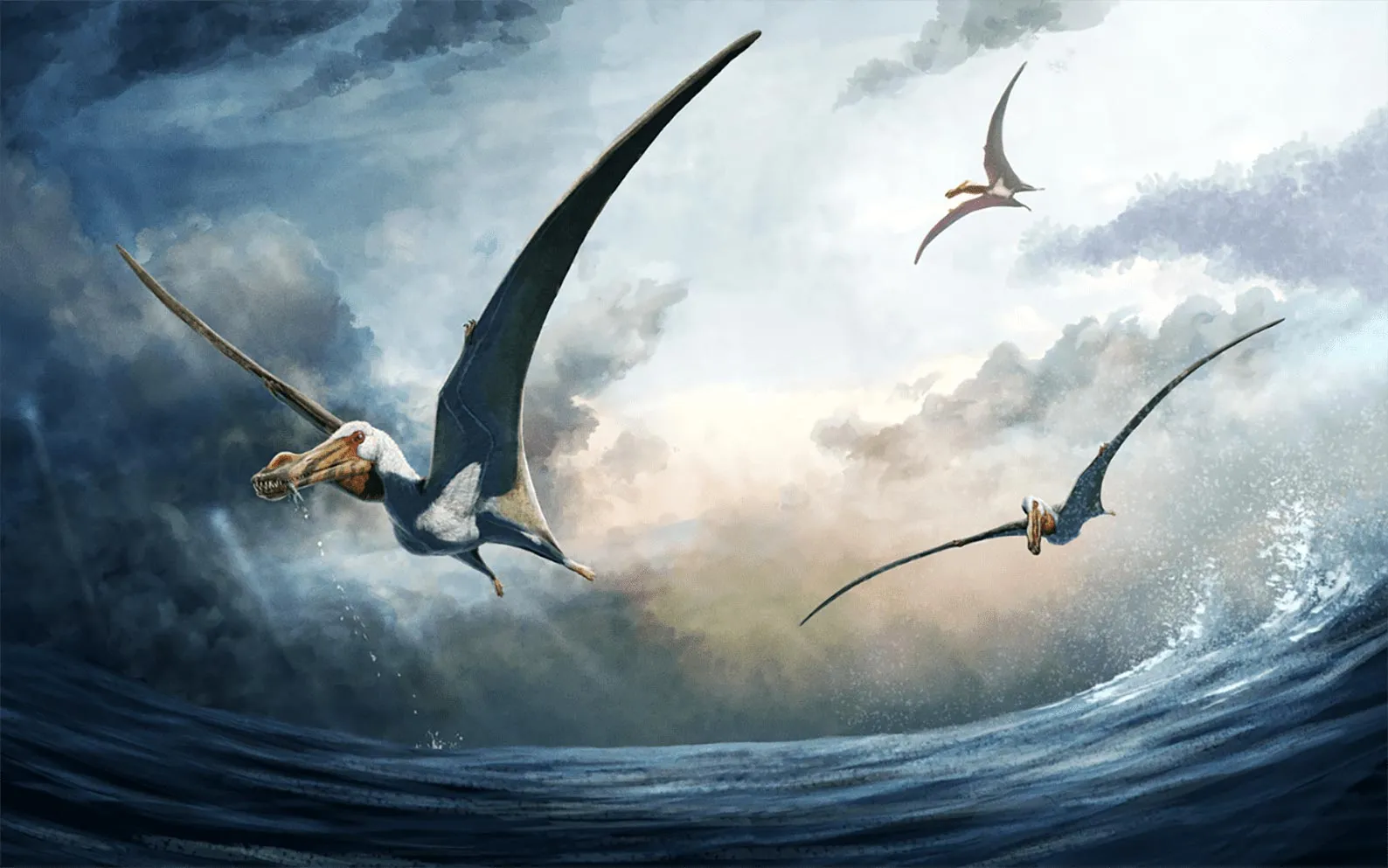Discovery of a surprising giant flying reptile
Follow us on Google News (click on ☆)

Curtin University's discovery of a new pterosaur species, Haliskia peterseni, in Queensland, highlights a 100-million-year-old fossil with unique anatomical features. This find not only enriches existing knowledge about pterosaurs but also boosts educational and touristic interests in the region. Artistic concept of Haliskia peterseni.
Credit: Gabriel Ugueto
Research led by Adele Pentland from Curtin University's School of Earth and Planetary Sciences classified these remains based on distinctive features like skull shape, tooth arrangement, and shoulder bone morphology. Anhanguerians are known to have lived in various regions of the world, from South America to Asia.
With an impressive wingspan of 15 feet (4.6 meters), Haliskia peterseni would have stood out as a formidable predator, soaring above the inland sea that once covered much of Queensland. The skeleton, meticulously prepared by Petersen, is the most complete anhanguerian specimen discovered in Australia, with 22% of its body intact.
The fossils include complete lower jaws, the tip of the upper jaw, 43 teeth, vertebrae, ribs, wing bones, and part of a limb. Additionally, very fine and delicate throat bones indicate the presence of a muscular tongue, adapted for preying on fish and cephalopods.
Haliskia peterseni joins other important marine specimens displayed at Kronosaurus Korner museum, such as Kronosaurus queenslandicus and Eromangasaurus. This discovery is hailed as a significant advance for science, education, and regional tourism.